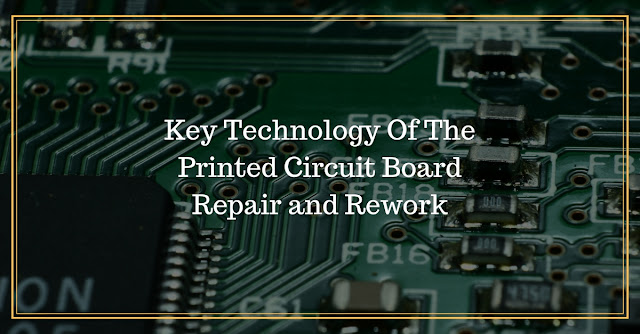Distinct Advantages Of Small Batch PCB Assembly

PCB prototyping is at an all-time high, with Printed Circuit Boards becoming an integral part of more and more devices. As organizations continuously innovating, the need of the hour is small batch Printed Circuit Board Assembly that offers high turnaround times without the manufacturer getting stuck with high inventory. To know more about small batch PCB assembly , let us have a look at its few distinct advantages that are of immense value to a manufacturer: Cost advantage In an ever-changing technological scenario, where economies of scale are known to accrue with a high volume of production, low volume PCB production comes with significant cost advantages. For one, you will not land up getting more boards produced than you require. Also, with changing technology, the boards might not be rendered excessive. At the prototype stage, you are often improvising on the product, both regarding design and functionality. Low batch production means you not impaled with faul
